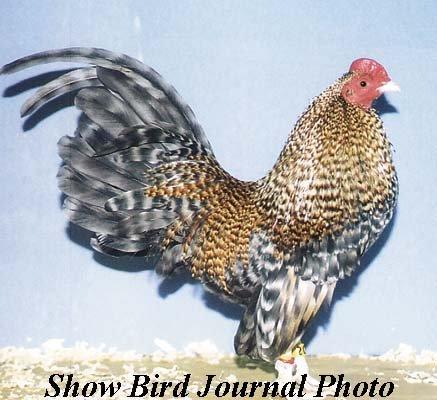Quote:
Yeah I can relate too, on this matter. Its the same also in the Delawares, goes back to the barring being sex-linked the reason the males have/supposed to have PRONOUNCED barring in the tail and hackles and the hen has black tail feathers edged in white and the neck is supposed to be lightly barred/ stippled. In the meantime a lot(females) have the undesireable columbian striping and some still insist on using these striped hackled females for breeders and black tailed males also. How in the world would you ever not keep from getting such if you keep introducing it back into the gene pool. Its beyond my comprehension IDK. Now back to Hambars and off the Dellies for now.
Relative though I thought

Jeff
Yeah I can relate too, on this matter. Its the same also in the Delawares, goes back to the barring being sex-linked the reason the males have/supposed to have PRONOUNCED barring in the tail and hackles and the hen has black tail feathers edged in white and the neck is supposed to be lightly barred/ stippled. In the meantime a lot(females) have the undesireable columbian striping and some still insist on using these striped hackled females for breeders and black tailed males also. How in the world would you ever not keep from getting such if you keep introducing it back into the gene pool. Its beyond my comprehension IDK. Now back to Hambars and off the Dellies for now.
Relative though I thought

Jeff






